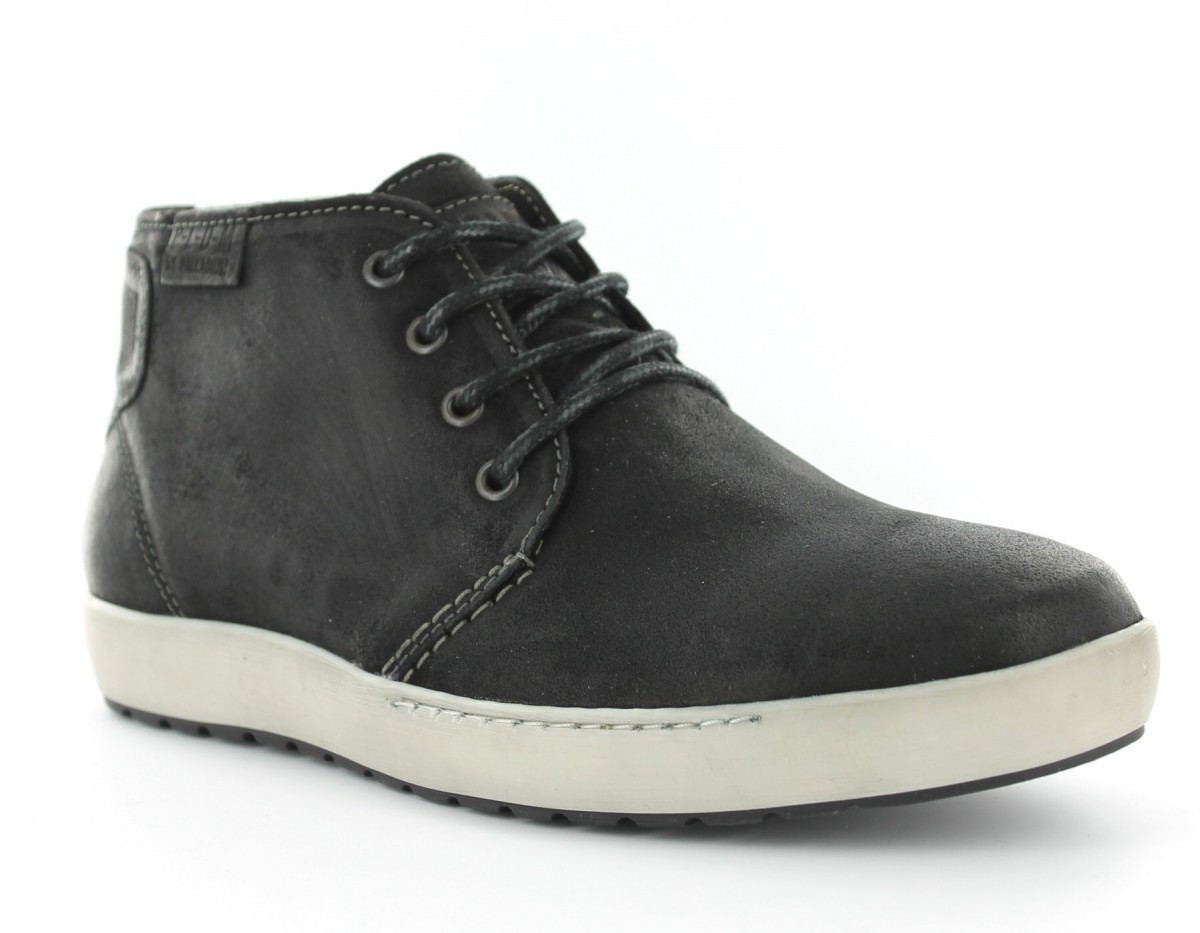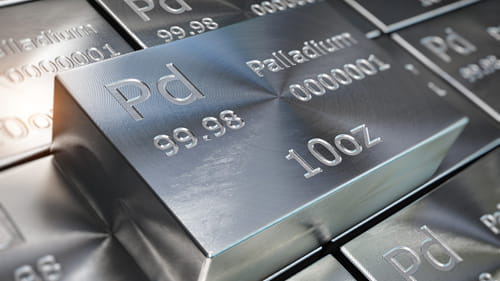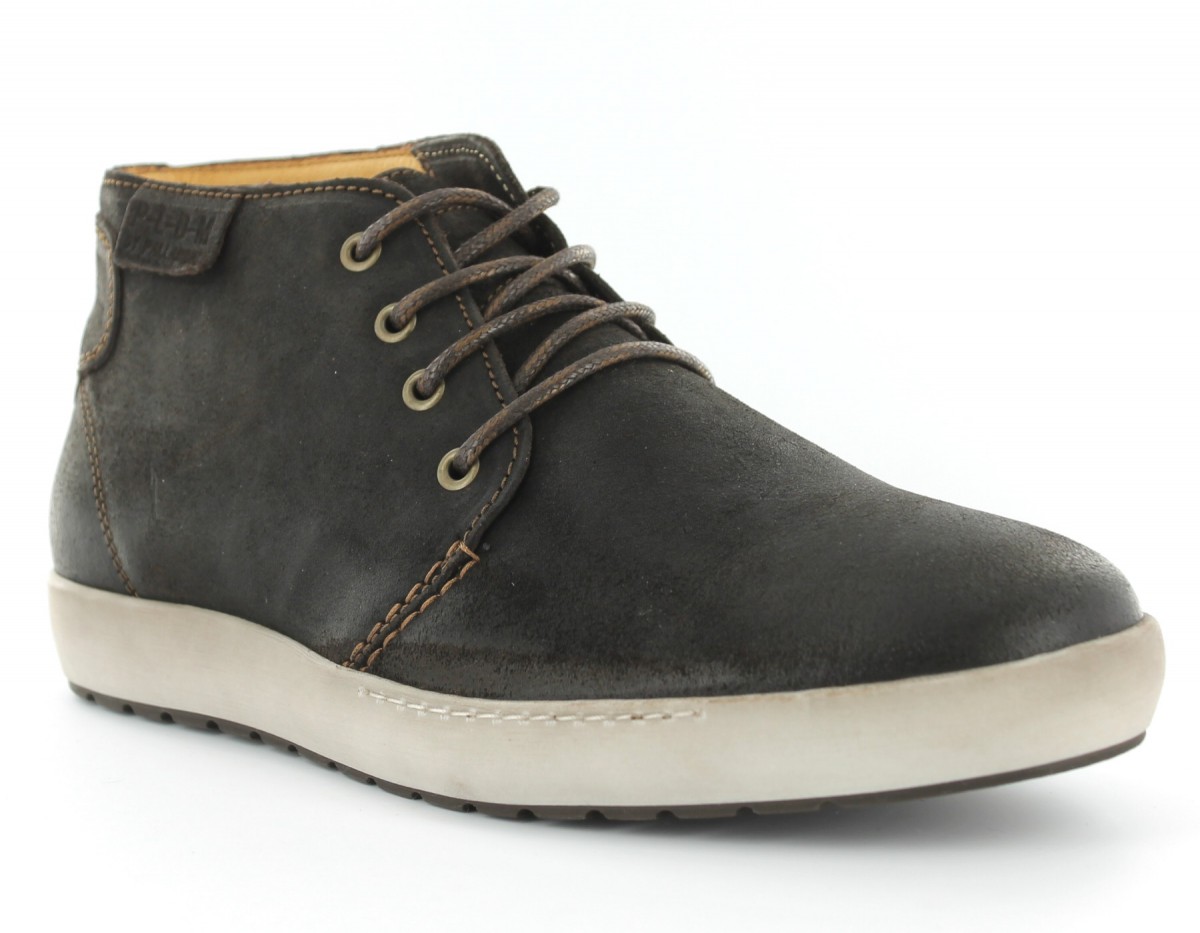Товары по запросу: "will palladium rust"
В категории "Петли и механизмы" такого товара не найдено
Чаще всего в данной категории ищут:
- дверная петля скрытая koblenz kubica
- дверная петля на ларгус
- диаметр чашки мебельных петель
- петля полунакладная мебельная
- правильно поставить мебельную петлю
- врезные демпферы амортизаторы
- разновидность дверных петель
- петля накладная карточные
- крепление петель мебельных
- петля мебельная 40 мм
- петля дверная adden bau but
- заглушка петель pavilion g6
- boyard петля мебельная вкладная
- толщина петель дверных накладных
- петля карточная 100 40
- цены мебельных петлей
- карточная петля ту
- петля мебельная для угловых шкафов
- мебельная петля для стеклянной двери без сверления
- подъемный механизм для кухонных фасадов blum
Фотоальбом:
Will do : r/RustConsole

Palladium Mumbai Rust NOIR

Will Palladium Continue its Golden Performance?

Will Rust

Will Palladium Slide Down To $1000? for TVC:PALLADIUM by Sublime

Palladium Mumbai Rust MARRON

How much will this Palladium cost?? : r/PalladiumMegaverse

Megadeth Rust in Peace 20th Anniversary Tour

Комментарии:
Does Palladium Rust? Full Guide to Palladium Tarnish
No, palladium does not rust like iron. Rust is a specific type of corrosion that occurs in ferrous metals like iron and steel when they are exposed to oxygen and water. However, palladium is a non-ferrous metal and is highly resistant to corrosion, including rust. While palladium does not rust, it can develop some tarnish over time due to ...
How does the corrosion resistance of palladium-plated components
Palladium, a platinum-group metal, is known for its excellent corrosion resistance and is widely used in a variety of industries, from electronics to dental applications. However, the higher cost of palladium compared to other plating metals like nickel, zinc, or even gold, means that its use must be carefully considered in the context of the ...
How does the wear resistance and durability of palladium-plated items
Palladium-plating is a process that adds a thin layer of the metal palladium to the item, providing a protective layer that can help reduce the risk of damage from wear and tear. The palladium-plated item will typically be more resistant to corrosion, oxidation, and environmental factors than other precious metals.
Jewelry Metals That Tarnish: Understanding the Why and How
Common Metals that Tarnish. In jewelry making, some metals are popular for their looks but tend to tarnish. Silver, copper, and brass are key examples. Sterling silver, an alloy with 92.5% silver, is famous for its bright white shine and ability to be molded into detailed designs. However, it tarnishes black when exposed to sulfur in the air.
Palladium
Palladium is a chemical element; it has symbol Pd and atomic number 46. It is a rare and lustrous silvery-white metal discovered in 1802 by the English chemist William Hyde Wollaston. He named it after the asteroid Pallas (formally 2 Pallas), ...
How does the corrosion resistance of palladium-nickel alloy ...
The palladium-nickel alloy is a combination of two of the most corrosion-resistant metals available. Palladium is known for its excellent corrosion resistance and nickel is known for its tarnish resistance. Together, these two metals form an alloy that is highly resistant to both corrosion and tarnish, making it an ideal choice for plated ...
What is Palladium? Properties, Value & Uses
Palladium's impressive malleability and ductility make it a dream for jewelry artisans and manufacturers. It can be shaped and molded into intricate designs with relative ease. This characteristic further enhances its appeal in the world of jewelry, offering a canvas for creativity and artistic expression.
Palladium
Palladium's separation from the platinum metals depends upon the type of ore in which it is found. Properties The element is a steel-white metal, it does not tarnish in air, and it is the least dense and lowest melting of the platinum group of metals. When annealed, it is soft and ductile; cold-working greatly increases its strength and hardness.
What is Palladium? Exploring the Rare Precious Metal
One key palladium physical properties is its high melting point, at 1,554°C (2,829°F). This means palladium suits use in very hot places. It keeps its shape even under extreme heat due to this palladium melting point. Corrosion Resistant. Palladium is very resistant to rust, which keeps it strong in different settings.
Facts About Palladium: Properties and Uses
Properties of Palladium. Palladium is silvery-white in color and can be molded into any shape easily because it is malleable and ductile. It does not tarnish in the air, but it can tarnish to a small extent when exposed to moist air combined with sulfur. Palladium can absorb 900 times its volume of hydrogen.
Here's everything you need to know about palladium
Here are some of the benefits of using palladium in jewelry: Durability: Palladium is a very durable metal, meaning that it is less likely to scratch, dent, or become damaged over time. This makes it a great choice for jewelry that will be worn every day. Hypoallergenic: Palladium is hypoallergenic, which means that it is less likely to cause ...
Corrosion of Precious Metals and Alloys
Abstract. This article characterizes the corrosion resistance of precious metals, namely, ruthenium, rhodium, palladium, silver, osmium, iridium, platinum, and gold. It provides a discussion on the general fabricability; atomic, structural, physical, and mechanical properties; oxidation and corrosion resistance; and corrosion applications of ...
How Precious Metals Prevent Corrosion
Appearance: Rust and corrosion are aesthetically unappealing, and can cause onlookers to think less of a product or express concern over its safety. ... Palladium: Palladium is a popular alternative to gold. When alloyed with nickel, it is less brittle and more solderable. When alloyed with cobalt, it is more durable and electrically conductive.
What Metal Does Not Rust? 14 Metal Materials Worth Your Attention
Like gold, palladium will not rust and is generally resistant to corrosion, mainly due to its low reactivity, unique crystal structure, and other natural attributes. Platinum Being a 95% pure metal and less reactive than most other metals, platinum is safe from tarnishing, rusting, or developing any corrosive oxide.
What Does Tarnish Mean? Do Gold, Platinum and Palladium Tarnish?
Platinum and Palladium are 95% pure. In addition, they are far less reactive than most metals. As a result, Platinum and Palladium are tarnish resistant. They are uncoated. Their metal colour is the natural surface of the metal. Finally, Platinum and Palladium easily re-polish back to their as-new condition.
Price, Weight, and Strength: Exploring the Pros and Cons of Palladium
Palladium is in the precious metal classification. It is an almost white metal with a silver-like appearance. The discovery of palladium occurred in 1803. Jewelers didn't use it until the late 1930s. Aesthetically, platinum and palladium have very similar looks. The visible differences between palladium and platinum are very slight.
How to Test for Palladium
Follow the steps below to perform an acid test for palladium: Gently scratch the item against the testing stone to create a streak on the stone's surface. Apply a drop of the palladium testing solution to the streak. Observe the reaction. If the streak remains unchanged or dissolves slowly, it is likely palladium.
Platinum vs Palladium: Which is Stronger?
Palladium: At just a third the price tag of platinum, palladium can be had for $26 ... Platinum is extremely durable and has a higher density than gold, palladium, and silver. It is resistant to rust and corrosive materials, and will not show wear and tear like other precious metals might. Palladium: Palladium is durable, but to a lesser degree ...
Why chemists can't quit palladium
A stunning report in January 2021 seemed to put the palladium-free dream within reach 1. Researchers in China reported that a 'carbon coupling' reaction, one of the most common carbon-bond ...
Does palladium rust?
Palladium does not rust. In the narrowest definition, only iron and its alloys rust, but palladium at most under normal conditions might form a thin, protective surface layer that almost no one ...